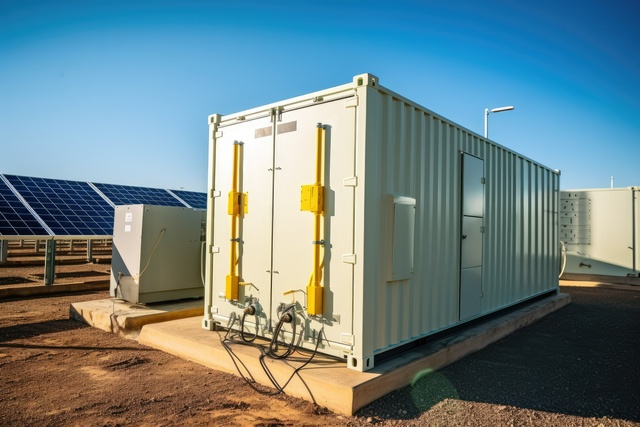Energy Storage Systems: The Backbone of Reliable, Low-Carbon Energy for Homes and Industry

Energy Storage Systems [ESS] are becoming the cornerstone of the global shift toward clean energy offering reliable, efficient and sustainable power solutions for homes, businesses and industry. At Credebt®, we are particularly interested in supporting companies that manufacture ESS technologies, especially those that provide dependable backup power sources, ensuring energy resilience while accelerating the transition to a low-carbon future.
One very interesting company we are currently in discussions with is an Irish technology company known for its innovative energy solutions, including the world’s first EV roadside rescue charger. They specialise in advanced ESS for residential, commercial and industrial use providing reliable backup power, cutting energy costs and reducing emissions. Credebt® is currently exploring the opportunity to provide financial support for a subscription-based model that will deliver the company’s ESS to construction firms across Ireland. This initiative aims to promote cleaner, more resilient on-site power solutions for the industry.
Across a range of industrial sectors, reliable and efficient power management is essential and this is where advanced ESS have become invaluable. From construction and manufacturing to mining, logistics and data centres, ESS provides critical backup during outages, stabilises energy supply in off-grid or remote environments and reduces operating costs by managing peak demand and enabling time-of-use energy optimisation. These systems also play a key role in decarbonising industrial operations by facilitating the integration of renewable energy sources such as solar and wind, thereby reducing reliance on diesel generators and lowering carbon emissions. In addition to improving energy security and operational continuity, ESS helps companies meet increasingly stringent environmental regulations and corporate sustainability goals. Countries such as Germany, the United States, China, Australia and the United Kingdom are leading the charge in ESS adoption, viewing them as essential infrastructure in the transition to cleaner, smarter and more resilient energy ecosystems.
There are several types of ESS, each tailored to specific needs and technologies, making them crucial components in today’s evolving energy landscape. Among the most widely used are battery storage systems, especially lithium-ion batteries, which store energy in chemical form and are commonly found in electric vehicles, smartphones and increasingly in grid-scale storage applications. Another major form is pumped hydro storage, which relies on gravitational potential energy by moving water between two reservoirs at different elevations, making it a highly efficient method for balancing electricity supply and demand. Thermal storage, which involves storing heat or cold for later use, is often used in industrial processes and building climate control systems. Each of these systems serves a unique role, contributing to a more stable and adaptable energy infrastructure.
The benefits of ESS extend far beyond its technical functions. They significantly enhance grid stability and reliability, especially during peak demand or power outages. One of their most transformative advantages is their ability to integrate renewable energy sources like solar and wind, intermittent by nature, by storing excess energy for use when production dips. This not only reduces dependence on fossil fuels but also helps lower electricity costs and peak demand charges. Additionally, ESS empowers greater energy independence and resilience, particularly in remote or off-grid areas and critical infrastructure settings such as hospitals or data centres. As nations accelerate their transition to low-carbon economies, the demand for ESS is growing rapidly, fuelled by advances in materials science, smart grid integration and artificial intelligence-driven energy management.
Looking ahead, energy storage systems are set to become foundational to the global energy transition. Their ability to ensure reliability, flexibility and sustainability positions them as key enablers of a cleaner, more efficient energy future. Whether deployed in homes, businesses, or at the utility scale ESS technology is not just a support mechanism, it is a transformative force driving how we produce, consume and conserve energy for generations to come.
